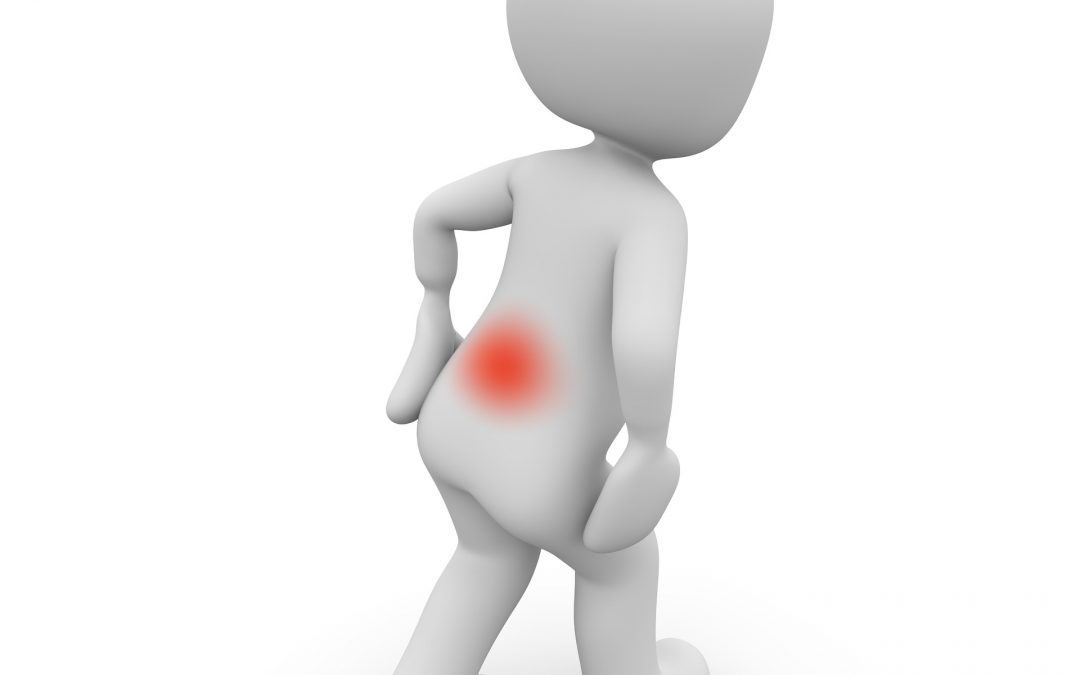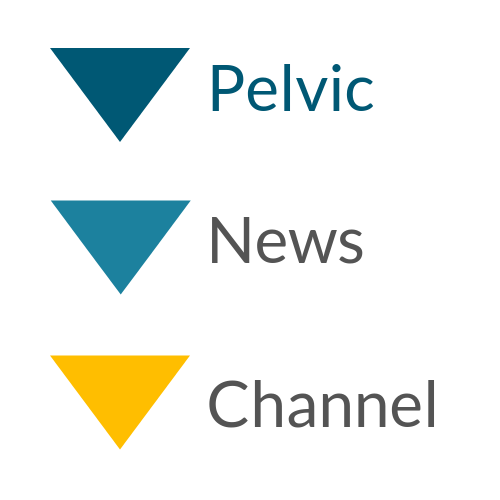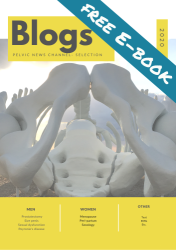Knowing risk factors for pelvic girdle pain post-partum is so important. It can help us in order to give better advice on prevention or treatment of pelvic girdle pain.
Why did they do this study?
The aim of this study was to establish if there are risk factors for pelvic girdle and low back pain post-partum. Therefor they did a systematic review and meta-analysis.
The current systematic review differs from other systematic reviews because of 1) the meta-analysis and 2) that women with pelvic girdle pain during and (new onset) pelvic girdle pain post-partum are included.
How was the research executed?
- The PRISMA statement was followed and the systematic review was registered in PROSPERO. PROSPERO is an international database in which systematic reviews are registered.
- Included: all prospective cohort studies
- Excluded: systematic reviews, randomized controlled trials, case studies and studies on low back pain and PGP in women with neurological disorder and systemic diseases.
- The QUIPS (quality in prognostic studies tool) was used to assess the risk of bias. Studies with a high risk of bias were excluded from statistical pooling.
What are the results?
Twelve studies were included in the qualitative synthesis. Because of high risk of bias 7 studies were excluded. The results are therefor based on the remaining five studies (with moderate to low risk of bias). Multivariate analysis was not possible because of heterogeneity of the studies. Univariate pooling revealed five significant risk factors for pelvic girdle pain post-partum:
Personal and pre-pregnancy risk factors:
- History of low back pain or pelvic girdle pain
- BMI >25
Pregnancy
- Pelvic girdle pain in pregnancy
- Depression in pregnancy
- Heavy workload in pregnancy
Obstetric and child-related factors
- None reached significance
What can be the clinical implications for the (pelvic) physiotherapist?
With the identification of these 5 risk factors we can 1) give women advice regarding heavy work. This can be for instance on ergonomics, 2) provide women with a history of low back and/or pelvic girdle pain with information, 3) discuss strategies about how to make changes at home and/or work in order to try to prevent the development of problems for women at risk of developing pelvic girdle pain, 4) screen women with pelvic girdle pain post-partum for depression. In case you suspect a depression my advice would be to discuss this with the woman and advice her to seek help if necessary, and 5) discuss BMI. BMI is a modifiable risk factor. However it is often not an easy issue to discuss. High BMI is a risk factor for many health conditions and therefor I think it is our duty to discuss this. It is important regarding the risk of developing pelvic girdle pain but also for woman’s health in general.
These blogs might also be of interest for you:
ARTICLE:
Title: Risk factors for pelvic girdle pain postpartum and pregnancy related low back pain postpartum; a systematic review and meta-analysis. Authors: M Wiezer, MAH Hage-Fransen, A Otto, MS Wieffer-Platvoet, MH Slotman, MWG Nijhuis-van der Sanden, AL Pool-Goudzwaard. Journal: Musculoskelet Sci Pract; 2020 Aug;48:102154. doi: 10.1016/j.msksp.2020.102154.









Recent Comments